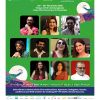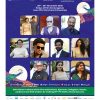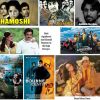Goa is abuzz with excitement as vintage bike and car owners, users, collectors and fans are decking […]
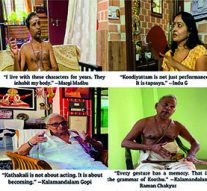
IN THE FIRE OF THE EYE: The Inner Lives of Kerala’s Ritual Artistes…By Prema Viswanathan
Art & Culture, Aug 30-Sept 05, 2025 August 29, 2025THE eye is everything. In Kerala’s ritual performance traditions — especially Kathakali, Koodiyattam — it speaks before the voice, moves before the body, feels before the text. The performers who master these forms train not just their limbs but their nerves, their breath, and their soul. Behind the paint and the chant lies a life of remarkable rigour. What looks effortless to the audience — an arched brow, a twitch of the lip — is, in fact, the result of years of repetition, solitude, and surrender.
Kalamandalam Gopi’s voice is soft as he talks about his art, often trailing off into memory. There’s mischief in his recollections — pranks from childhood, a stolen beedi, the thrill of escaping chores. But there’s also deep loss: the early death of his mother, the hunger he remembers, the silence that followed. He remembers his aunt trying to feed him with meagre means, and how he once played the role of Kunti, the Pandava mother, with an aching sense of maternal yearning. “Kathakali is not about acting. It is about becoming,” he says.
Reacting to the suggestion that his portrayal of Kunti may have been shaped by the early loss of his own mother, Gopi pauses and then gently nods. “Yes,” he says, “maybe that is why it came so easily.” In that moment, the boundaries between myth and life dissolved, he adds. The stage was not an escape — it was a return.
RENOWNED scholar, writer and cultural administrator KK Gopalakrishnan, who has studied Gopi’s performances for decades, describes him as “a poet of silence” — someone who communicates deepest feeling through the quietest gesture. For Gopi, emotion is not an ornament — it is the core. His portrayals of Bhima, Nala, and Rukmangada are not just performances; they are transmissions of inner fire.
Gopalakrishnan recounts a moment that stayed with him: while performing Nalacharitam, Gopi pointed to a tree which had a creeper entwined with it. His co-performer Sivaraman, who was in the role of Damayanti, was so moved that he spontaneously embraced Gopi onstage. “For a second,” says Gopi, ‘‘I wasn’t acting anymore. I was Nala.” It wasn’t the gesture of a master performer — it was the release of someone who had surrendered completely to feeling.
Kalamandalam Raman Chakyar brings a different kind of energy to the room: sharp, intellectual, but equally rooted in tradition. A torchbearer of Chakyarkoothu, the art that has the licence to lampoon the high and mighty without any consequences, he laments that dissent is no longer a protected privilege. He is deeply committed to textual fidelity, yet playfully improvisational. “Every gesture has a memory,” he tells me. “That is the grammar of Koothu.” Watching him perform feels like entering a time-warp — the Sanskrit, the humor, the sudden shifts from stillness to speech. “We are not museum pieces,” he insists, even as he embodies a form that is centuries old.
TRAINED in the hereditary line of Koodiyattam and Koothu performers, he is known for his erudition, his deep command over Sanskrit texts, and a subtle wit that allows him to both preserve and update tradition. He has performed extensively across Kerala and India and has trained the next generation of Koothu performers, including female artists — a rare shift in the historically male-dominated form.
“Even in Bhasa’s plays or Bhāgavatam Koothu, there is satire. When Ravana boasts, we mock him,” he points out. “When politicians speak like kings, we draw that parallel. This isn’t modern commentary — it is part of our form. The performer is a mirror. If society doesn’t like what it sees, the mirror is not at fault.”
Chakyar speaks as both custodian and reformer, advocating continuity through contextual adaptation. His position marks a generational negotiation between orthodoxy and openness, a theme common across Kerala’s ritual arts today.
Gopalakrishnan and Prema Jayakumar, well known translator and writer, accompany me on this journey, adding intellectual heft to the conversations. Gopalakrishnan notes that for Chakyar, Koothu is not simply theatre — it’s philosophy in motion. “He doesn’t just recite texts,” he says. “He teases out their emotion, their irony, their essence. That’s why people listen.”
Raman Chakyar performs with a twinkle in his eye, but behind that playfulness lies intense training and discipline. Gopalakrishnan notes that for Chakyar, performance is a kind of philosophy. Not one learned in books, but lived through muscle memory and lineage.
TO live inside these epic forms — whether it is Rama or Ravana — is to carry their beauty and their burden. And that burden includes the questions that are only now being asked: Who gets to inherit tradition? Who is left out of the frame?
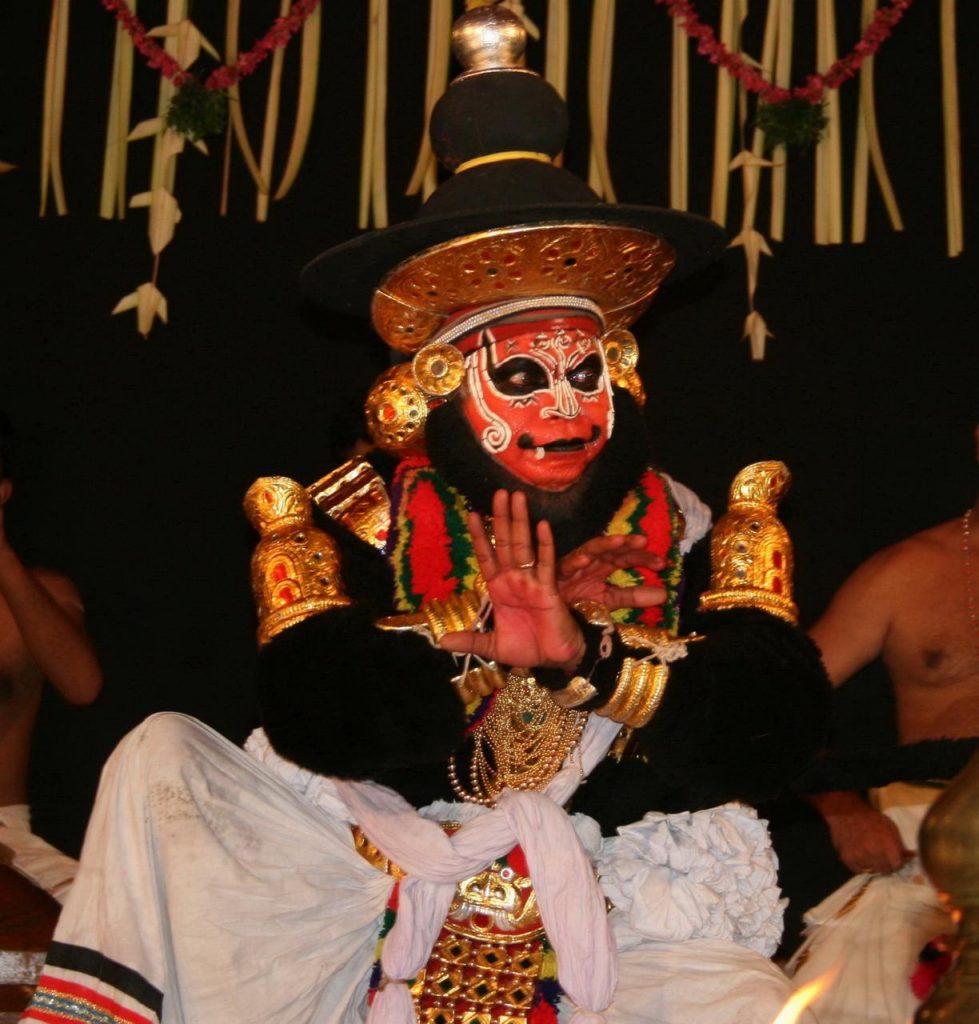
The romanticization of ritual often masks a reality of neglect, exploitation, and erasure — especially of those outside the dominant cultural framework. Ritual performers are mostly upper-caste men (historically Nairs, Chakyars, Nambiars, like Gopi and Chakyar) occupying a privileged space in cultural narratives. The situation is changing but at a snail’s pace, with Dalits, women and the occasional queer artiste breaking the glass ceiling.
And even where Dalits are allowed entry, they operate within a larger paradox — Theyyam performers, for example, are Dalit and become gods onstage, yet are invisible offstage. This caste dynamic is glaringly absent from mainstream writing on ritual arts. Gopalakrishnan’s book “Theyyam- Indian Folk Ritual Theatre: An Insider’s Vision,” published by Niyogi Books, is a rare exception, reflecting his close association with the art form. “In fact the contribution to our arts tradition by the SC/ST community is substantial, including preparing the leather for the drums,” he points out.
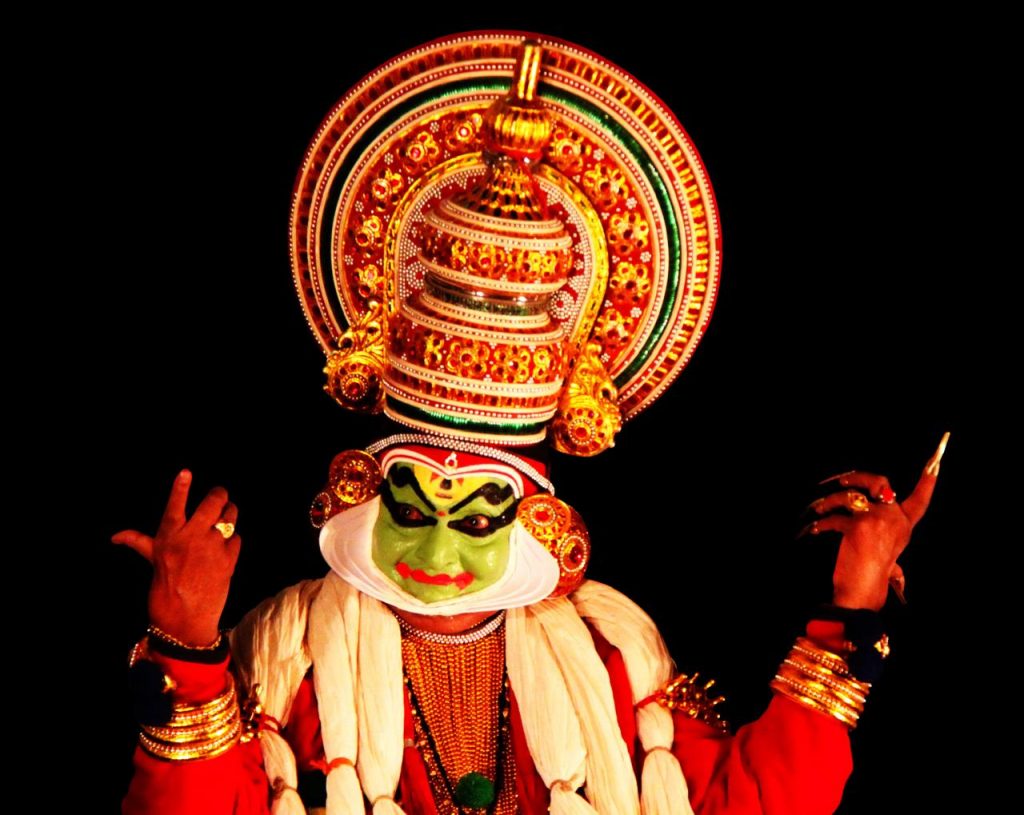
Gopi is aware of these institutional and social contradictions, but is optimistic that the old hierarchies will break down sooner than later. But what concerns him is the erosion of the commitment and dedication to the art form that marked artistes of his generation. He taught his craft for several years, eventually becoming the principal of Kerala Kalamandalam, the home of Kathakali. But the relationship between teacher and student, he explains, is not purely academic. “You have to feel the student,” he says. “Only then will they feel the role.” He often expresses disappointment about the current generation’s hunger for shortcuts. “This art doesn’t like shortcuts,” he remarks, not angrily, but with a quiet resignation. Teaching, for him, is not instruction — it is transmission.
Indu G, one of the few women in the male-dominated world of Koodiyattam, brings the weight of both tradition and transformation into her performance. At Nepathya, the centre she co-founded with her husband Margi Madhu, she trains rigorously, her practice shaped as much by silence as by speech. “Koodiyattam is not just performance. It is tapasya,” she says. Her portrayals are nuanced — she speaks movingly about performing Ravana’s vision of Maya Sita and feeling the split between illusion and longing ripple through her own body.
Indu recalls an episode from her early training when a senior male guru dismissed her participation as a novelty. She responded not with protest but with persistence. Today, her work speaks for itself. She has become a presence in the form — respected, studied, watched closely.
Her partner Madhu adds another layer of intensity. “I live with these characters for years. They inhabit my body,” he says. There is something elemental in the way he prepares, performs and reflects. Whether embodying Parasurama or Bali, he enters roles not as costumes but as personas. He describes how rehearsals often blur into meditation. The line between actor and character dissolves, and what remains is a kind of still fire.
Madhu reframes gender inclusion as a question of sincerity and listening, rather than rights or tokenism. “At Nepathya, some of the most honest performances I’ve seen came from my women students. They don’t carry ego — they carry listening. That’s what this art needs.”
Watching the two of them together —Indu and Madhu — is like watching twin energies balance each other. They don’t perform together often, but when they do, the space feels charged. “We don’t even need to speak sometimes,” she says. “We know when to hold and when to let go.”
These artistes are not interested in instant fame, aware of the neurosis that follows in its wake. Although recognition did come to Gopi by way of a Padma Shri award, most of the time they are barely visible to the larger art world both within India and without. What binds them is not just their dedication to form, but a quiet refusal to dilute it. They know the world may forget them. Audiences may shrink. Institutions falter. Yet they persist.
And then there is the body — the ultimate text. The knees that bend the same way for decades, the fingers that curl into precise mudras even in sleep, the eyes that burn with meaning long after the stage lights fade. “Our bodies remember,” says Raman Chakyar. “More than our minds.”
IN a world of instant consumption, these performers have chosen to inhabit slowness. They rehearse gestures for years. They live inside stories that never quite end. Their art demands everything: Stamina, solitude, surrender. And what do they receive in return? A moment — when the eyes speak and the world listens.
In their stories, you hear not nostalgia, but a single-minded devotion. It’s not glamour that drives them — it’s grace, grit, and sometimes bittersweet grief. Performance is one way to sublimate sadness, to turn it into a “thing of beauty (which) is a joy forever,” as John Keats would say.
Many of these artistes are forced to live frugal lives once they retire. The condition of performers has certainly improved over the years, but there is still much that remains undone. The cultural apathy of the ruling elite must give way, they say, to empathy — rooted not in sentiment, but in structural support. Their lives are not museum relics. They are ongoing acts of preservation, often carried out in silence and solitude.
In the fire of that eye, we glimpse what it means to live a life in art.
